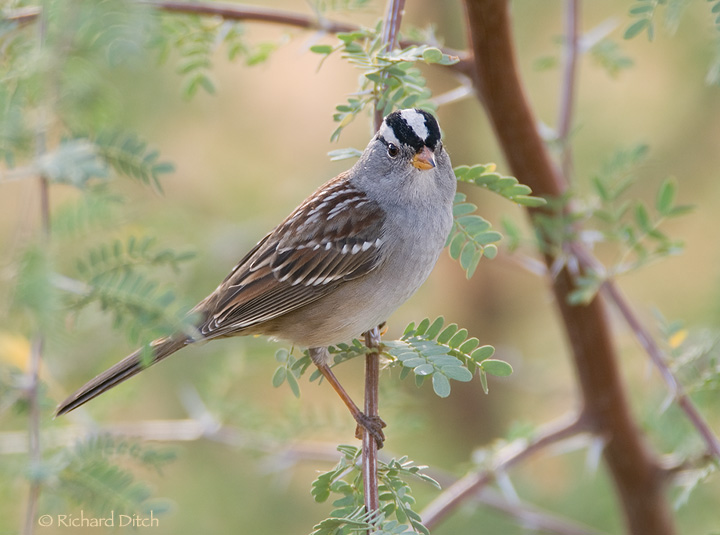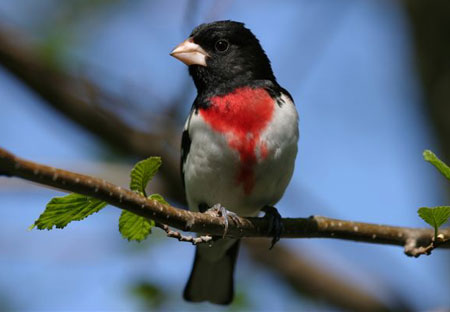1.Department of Biology, University of Oregon, Eugene, Oregon, 97405, USA; kitlacy@qwest.net
2.Department of Biology, Jordan Hall, Indiana University, Bloomington, Indiana, 47405, USA.
ABSTRACT
With the increasing human population world-wide, animals and humans are sharing more habitat. In this study, we consider the consequences of this habitat usage overlap on the behaviour patterns and social structure of a threatened species. Specifically, we used focal animal samples to collect data on the Cuban rock iguana, Cyclura nubila, in six field sites. Three of these sites are subject to considerable anthropogenic habitat usage, whereas three are in relatively low anthropogenic usage areas. Individuals in high anthropogenic usage sites were more closely assembled, with more males and females sharing a smaller amount of space. These animals exhibited even more aggressive behaviour and social interactions than expected when taking into account the larger number of possible interactants. High anthropogenic usage sites also had more male–male interactions and fewer males interacting with females. We suggest that social and mating system changes have occurred. Ramifications of these recent changes in the behavioural repertoires on the long-term survival of the species are discussed.
DISCUSSION
Our results suggest that significant anthropogenic presence can result in differences not only in the overall density of animals at a site (i.e. the number of nearest neighbours), but also in the behavioural repertoire and social organization of a species in ways that could have considerable impact on the population genetics, demographics and long-term survival of endangered species. Although we cannot distinguish between the direct effects of anthropogenic disturbance (e.g. feeding) and longer-term effects such as the higher animal densities (probably also the result of anthropogenic disturbance), we found several patterns of interest. Cyclura nubila in our high anthropogenic usage sites were found in groups approximately three times bigger than the low anthropogenic usage sites, had more frequent social interactions and higher levels of aggression. More specifically, virtually all males in areas of low human impact interacted regularly with only a single female/ juvenile. In high anthropogenic usage sites, there were several males who interacted with no females at all and a few who regularly interacted with more than four female/juveniles.
Individuals in high anthropogenic usage sites engaged in more frequent aggressive interactions than those in low anthropogenic usage sites. Although some increase in aggression can be explained by the increase in the number of animals, the observed difference was substantially greater than that expected based solely on the concurrent increase in the number of neighbouring individuals (i.e. possible interactants) at high anthropogenic usage sites.
This extends the results of primate crowding studies in which aggression also increased more than expected given the number of animals (e.g. Wrangham, 1974; Hill, 1999).
As with crowded captive green iguanas (Alberts, 1994), a few ‘despotic’ males seem to have emerged at high anthropogenic usage sites. Apparently instead of reducing aggression among male C. nubila, however, frequent aggressive encounters among males persist despite the change in social structure.
Excessive aggression among adult males can lead to greater stress and inhibit the behaviour of smaller animals.
This conclusion is reinforced by the observation of significantly more tongue touching in high anthropogenic usage sites. Tongue touching in lizards is thought to be related to stress commonly associated with exploratory behaviour (e.g., Greenberg 1985, 1993; Burghardt, Allen & Frank, 1986) and can keep small males from maintaining territories (e.g. as in collared lizards, Crotaphytus collaris, Baird & Timanus, 1998). Stress and inhibition can also increase the levels of stress hormones in the much smaller females, making it difficult for females to court, mate and lay their eggs successfully (Pottinger, 1999).
Although both effects tend to reduce the overall number of iguanas in the population, they may persist even in very dense populations if anthropogenic usage also helps to recruit animals from neighbouring areas. Studies of the rate of turnover in particularly dense populations are clearly needed to explore this issue more directly.
The social organization in the high anthropogenic usage sites is also notably different from that in low anthropogenic usage sites, in that a greater number of males are interacting with no females. In low anthropogenic usage sites, each male regularly interacts with one female. In high anthropogenic usage sites more than 40% of males did not interact with any females. Access to females is required for mating, so this result suggests that many more males in the high anthropogenic usage sites are not mating.
Dominant males in high anthropogenic usage sites may have more access to females and consequently sire more offspring, increasing the reproductive variance of males in these sites. If fewer males are responsible for offspring paternity, population viability may be reduced through inbreeding or the accumulation of deleterious alleles through genetic drift in a small population (Lande & Barrowclough, 1987). This result points to the importance of linking behaviour and the demographic consequences of that behaviour for the conservation of endangered animals. A behavioural shift of the sort observed in this study could have profound effects on the genetic health and long-term survival of iguana populations.
Cyclura iguanas are behaviourally complex, and among species and populations there are considerable differences in Cyclura displays (Martins & Lamont, 1998; Bissell & Martins, in press). Other species have also evolved unique functions for the head bob display (Martins & Lacy, in press). With such rapid change in behaviour, considerations for future conservation efforts for any Cyclura species must consider possible behavioural isolation of populations exposed to different levels of human habitat usage. Of course, if human influence is removed from an area, the once influenced populations may revert somewhat quickly to normal behavioural patterns. This study also demonstrates that detailed examination of a species in a portion of their habitat that has already been compromised or destroyed may not yield the most accurate results for demographic model predictions, especially if their social organization has changed. Therefore, careful consideration must be made when choosing populations on which to base demographic data for viability analysis. It is also important to consider behavioural ecology in the design and implementation of recovery, reintroduction and relocation programmes. The potential for behavioural changes needs to be considered for head starting and reintroduction plans because of the chances of aberrant behaviour developing (Dodd & Seigel, 1991).
















